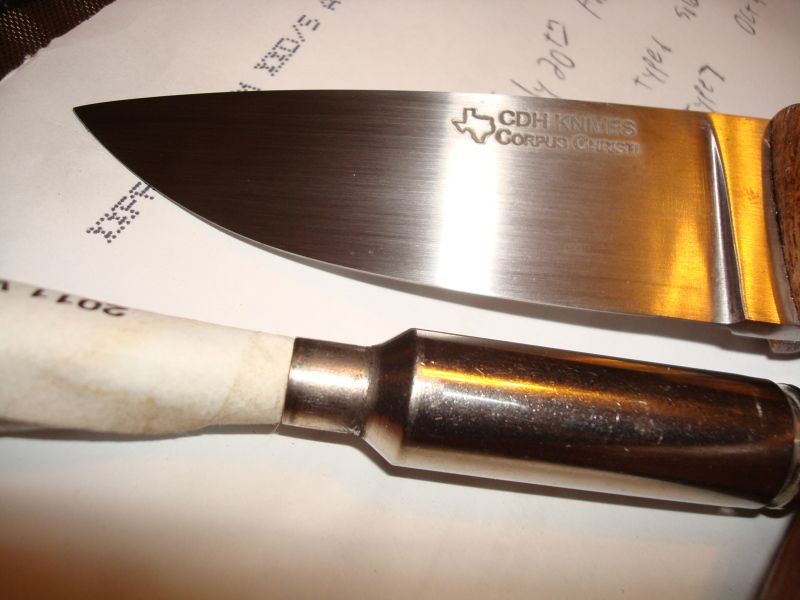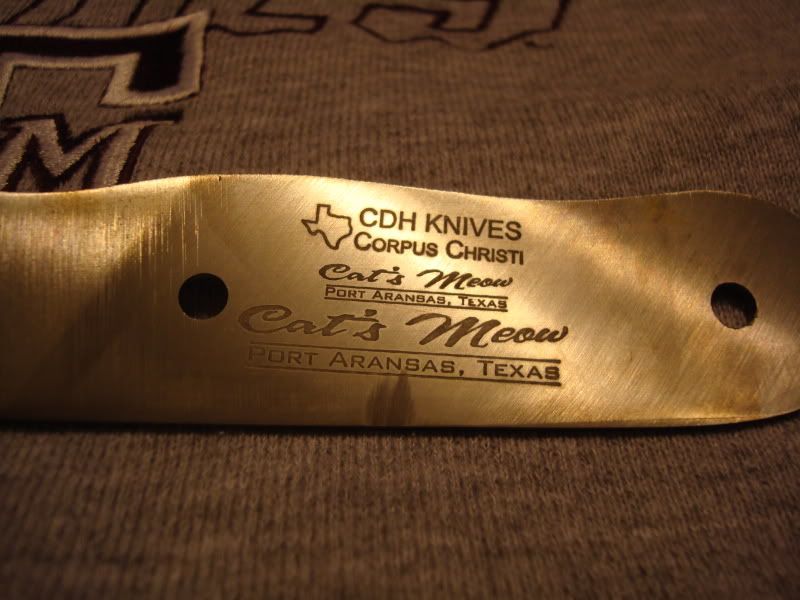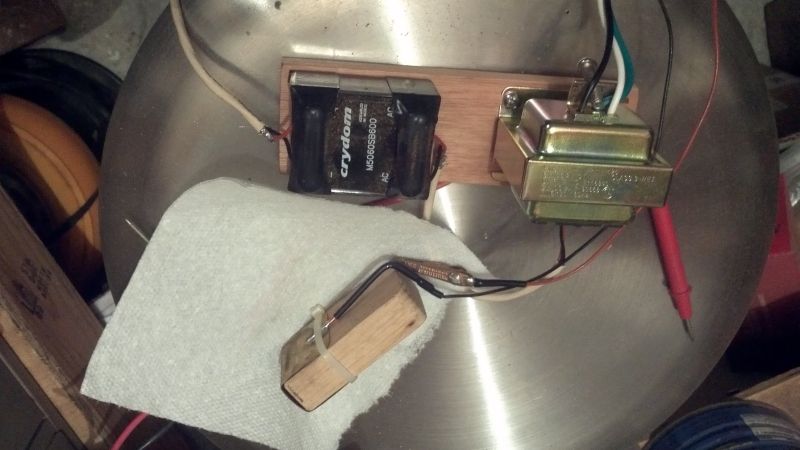Battle Creek Knives
Well-Known Member
I was curious why some etch and some stamp.. personally all I've done is etch, but I've seen others stamp theirs and it only took a WHACK !! while I sit and line up my stencil and go through the whole etching process...
stamping just seems faster.. and I'm curious why have you chosen one over the other???
stamping just seems faster.. and I'm curious why have you chosen one over the other???







